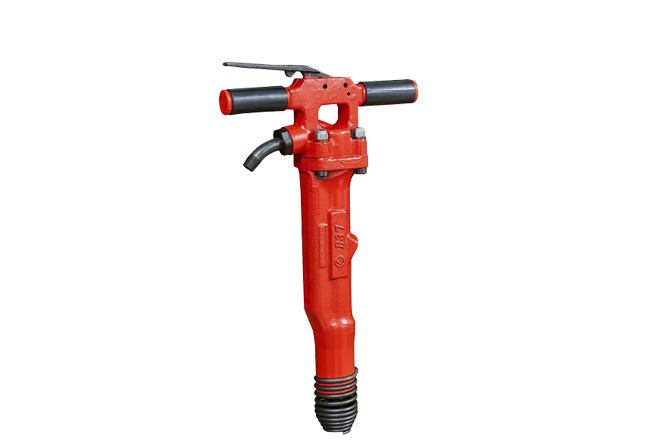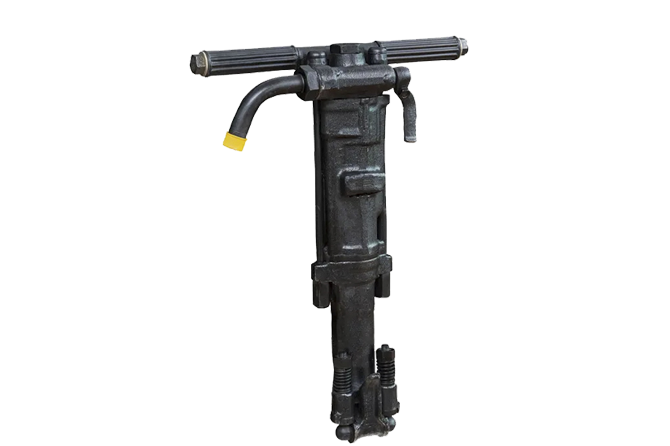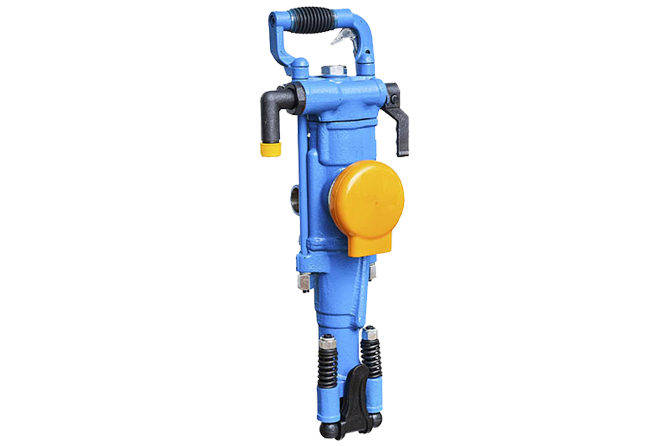Comprehensive Parts List: Essential Air Jack Hammer Details
Jack hammers generate tremendous force, enabling them to shatter concrete and other hard surfaces with relative ease. Fitted with a range of versatile attachments, these tools are widely used by construction, demolition, and industrial workers for a multitude of purposes. In the right hands, they can quickly make short work of large jobs.
Regular maintenance of an air jack hammer is a must, yet over the course of time, its components will inevitably require replacing. Therefore, knowing which components serve which functions and how to track down replacements is pivotal for using an air jack hammer both safely and proficiently.
A thorough understanding of the components of an air jack hammer and how they work is essential for effective long-term use. In this article, we’ll delve into the fundamentals of air jack hammers, review locating suitable replacements, as well as provide useful advice on safeguarding its optimal functionality.
Acting as the lifeblood for an air jack hammer, the compressor’s purpose is to generate the force and power needed to drive the tool. The way it accomplishes this varies, depending on how big and powerful the hammer is.
Many jackhammers utilize popular piston compressors, with a pistion performing the hard work of compressing the air. Generally speaking, these compressors are more mighty and energy-efficient than their counterpart options.
An air jack hammer is only as good as its hose; the type of hose used determines whether the hammer will perform optimally or experience a misstep. The hose serves as an intermediary between the compressor and the hammer, transferring pressurized air to get the job done. Using the wrong type of hose can be detrimental and prevent the air jack hammer from working correctly.
A myriad of hose sizes, materials, and lengths are available – all of which have to be match-fitted with the compressor and hammer for it to be suitable.
A steel construct comprising of a handle, a cylinder, and a piston, the hammer is the powerhouse of the air jack hammer tool. When pressurized air from the compressor is supplied, it moves the piston which then brings about a force that works on the material.In essence, it is the piston that drives its functionality.
Regardless of the magnitude and strength of the hammer, the piston can be caused to move through a range of methods such as compressed air, liquid pressure, or electricity.
Air jackhammers wouldn’t get anything done without a chisel – these tools are where the magic really happens! Chisels come in all shapes and sizes, and are essential for shattering concrete, asphalt, and many other tough materials. In short, a chisel is a must-have for any serious air jackhammer.
Ensuring that the proper chisel is used is crucial for successful, safe functioning of a hammer – using an improper one can lead to failure and breakdown.
For the protection of air jack hammer users, the device typically features a range of safety mechanisms. These include the pressure relief valve, the exhaust safety valve, and the anti-vibration handle – all critical components safeguarding against potential risk if not used correctly.
Injury prevention can be accomplished through the use of these devices which are designed to mitigate pressure from the air, curb excessive heating and contain vibrations.
To remain fully operational, air jack hammers must be periodically maintained and serviced. This requires a thorough inspection of the hoses, compressor, and all components for any signs of damage or leaking, and that everything is sufficiently lubricated at all times.
Ensuring that the chisel is in fine condition and the safety features are properly functioning are both essential steps for the job.
Majestic and mighty, an air jack hammer provides a force that easily churns through robust materials such as asphalt and cement. To guarantee that your hammer is able to deliver optimal performance for a long period of time, it is essential to understand the integral components of the device and where to acquire new parts when needed.
This article outlined the components of an air jack hammer, specified the methods for locating replicas, and offered advice to help maintain its operation. By drawing on this information, you can ensure that your air jack hammer remains in peak form and is fully prepared for every job.
A jack hammer, powered by the force of compressed air, gives users greater control and precision when performing tasks such as demolition and construction. Providing far more manageable strength than regular hammering, this tool effortlessly smashes apart concrete, asphalt, and other hard surfaces. It is trusted by professionals for its versatility when used in construction, demolition, and a variety of industrial applications.
Mastering the usage of an air jack hammer necessitates a profound understanding of its components and how to handle them effectively. The following will offer a comprehensive breakdown of all the sections that constitute an air jack hammer, supplemented with advice on safety precautions and upkeep.
The engine of an air jack hammer, the compressor is mainly accountable for forcefully thrusting air to the hammer. This pressuring work is usually done either with the help of electricity or gasoline. An air supply should be interfaced with the compressor and a controlled pressure regulator should be put in place to keep the pressure at a satisfactory level.
Powering the air jack hammer is the sturdy metal hammer, connected to a compressor through a length of hose. Its striking face directs hefty blows onto the material being worked upon, enabling the hammer to deliver necessary force.
Being the key component of the air jack hammer, the bit is what gets all the work done. Crafted from tough material, such as tungsten carbide, it can easily be inserted into whatever material needs to be broken apart. For maximum efficiency, it is wise to switch the bit out regularly.
The handle of an air jack hammer is the main point of contact for the operator, calling for a construction of metal or plastic to ensure a comfortable and confident grip. Additionally, its surface ought to feature a non-slippery texture to guarantee an unwavering support and manipulation of the device.
The nozzle of the air jack hammer guides the stream of compressed air into whatever material it is being applied to. For ideal results, the shape and size of this component must be carefully selected.
When making use of an air jack hammer, the operator must take every precaution necessary for safety; this includes wearing protective equipment such as eyewear, a hard hat, and gloves. Additionally, the user should remain mindful of their surroundings and ensure their hands and feet are never found in the vicinity of the working area.
Regular upkeep is essential when it comes to an air jack hammer. Inspect the compressor often so as to identify any signs of strain, and substitute the hammer, bit, and nozzle if need be. Make sure you store the air jack hammer in a secure, dry spot – far away from humidity and extreme temperatures. That way, it will receive optimal protection.
Acquiring a comprehensive knowledge of an air jack hammer and learning how to utilize it safely and efficiently can benefit a construction or demolition project immensely. By fully understanding the individual components of an air jack hammer and the correct procedures for operation, one can swiftly break through tough surfaces and put this tremendous device to good use. With suitable maintenance and care, an air jack hammer can surely bolster any endeavor.
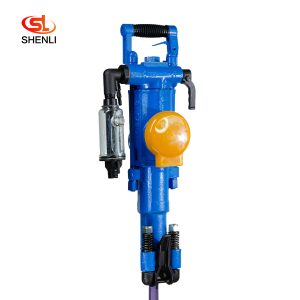
Short Description: YT29A air-legged rock drills are heavy-duty push-leg (air-legged) rock drills with low energy consumption, which are more suitable for drilling horizontal or inc […]
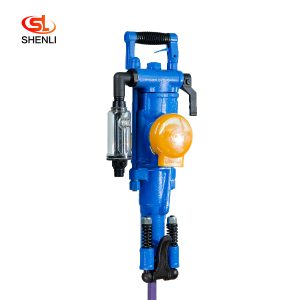
Short Description: The YT28 air-leg rock drill is a kind of high-efficiency, energy-saving and environmentally friendly rock drilling equipment. Compared with similar pneumatic pro […]
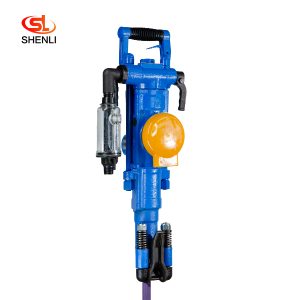
Short Description: The YT27 air-legged rock drill is a highly efficient lightweight rock drill suitable for downward or inclined drilling in medium-hard or hard (f=8 – 18) ro […]
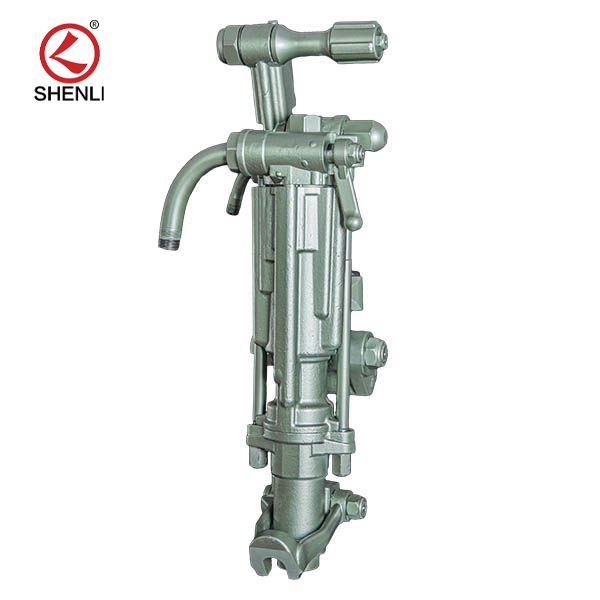
Product description: (S250 jackleg Drill) has been the preferred choice of miners who demand high performance, superior control and lasting reliability. the S250 jackleg allows ope […]
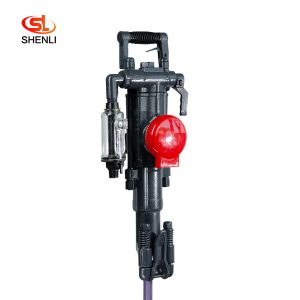
Scope of application: Model S82 air-legged rock drills are heavy-duty air-legged rock drills with high efficiency and low consumption, which are especially suitable for use in the […]
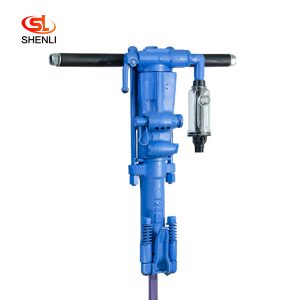
Product introduction Y26 hand-held rock drill is mainly used for drilling shell holes and secondary blasting in mines, railroads, water conservancy, and rock works, which can dry a […]
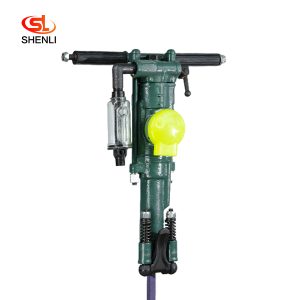
Product description: Y24 hand-held rock drill is a variant of YT24 air-leg rock drill in our factory. It has the advanced level in China and was rated as the high quality product i […]
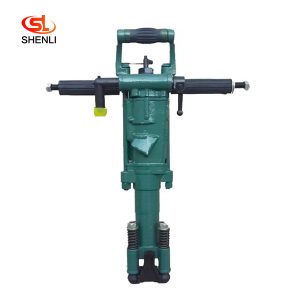
Product description: Y20LY hand-held pneumatic leg dual drill is a kind of light rock machinery, which can be used in secondary blasting in mines and quarries as well as in stone w […]
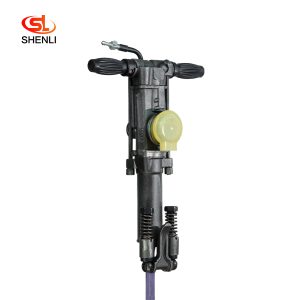
Product Description: Y18 hand – held and air – leg drill is suitable for drilling and blasting holes on soft, medium and hard rocks and W-1.5/4, W-1.8/5, W-2/5 and othe […]

